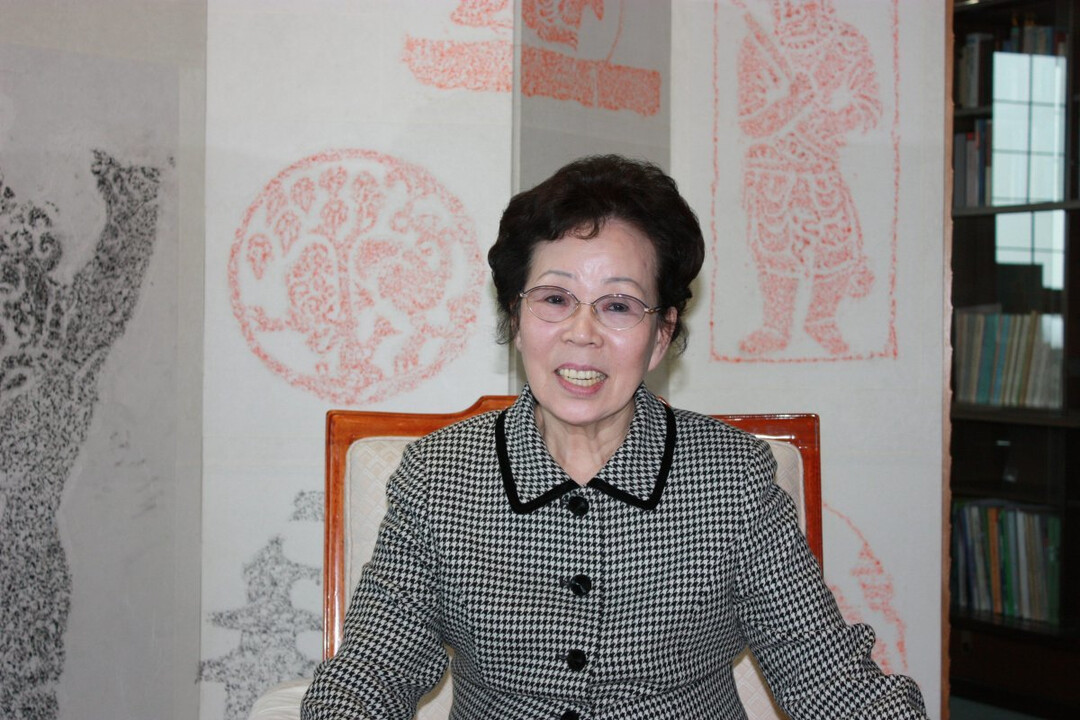
Lee Nan-young, a trailblazing figure in South Korea's museum and archaeological world, passed away on November 8th at the age of 90.
Born in 1934, Lee joined the National Museum of Korea in 1957, marking the beginning of her illustrious career spanning over three decades. She earned degrees from Seoul National University and pursued advanced studies in museology at Rikkyo University in Japan and the University of Hawaii.
Lee was a pioneer in multiple fields, becoming the first female archaeologist, curator, and museum director in South Korea. Her groundbreaking work at the National Museum of Korea, particularly in the areas of excavation and artifact management, laid the foundation for modern museum practices in the country.
As a renowned expert in metal artifacts, Lee conducted extensive research and authored several books on Korean metalwork, including "Shinra's Toeu" (Terracotta figurines of Silla) and "Korean Ancient Metalwork." She also played a crucial role in establishing a comprehensive system for managing the museum's vast collection.
Lee's contributions to the field were recognized with numerous honors, including the prestigious Bogwan Culture Medal in 2009. After retiring from the National Museum of Korea in 1993, she dedicated her time to teaching at Dong-A University, where she mentored countless students.
"Lee Nan-young was a true pioneer who dedicated her life to preserving and promoting Korea's cultural heritage," said a spokesperson for the National Gyeongju Museum. "Her work in establishing a systematic approach to museum collections management has had a lasting impact on the field."
Lee's passing is a significant loss to the cultural heritage community in South Korea. Her legacy will continue to inspire future generations of archaeologists and museum professionals.
[Copyright (c) Global Economic Times. All Rights Reserved.]




























